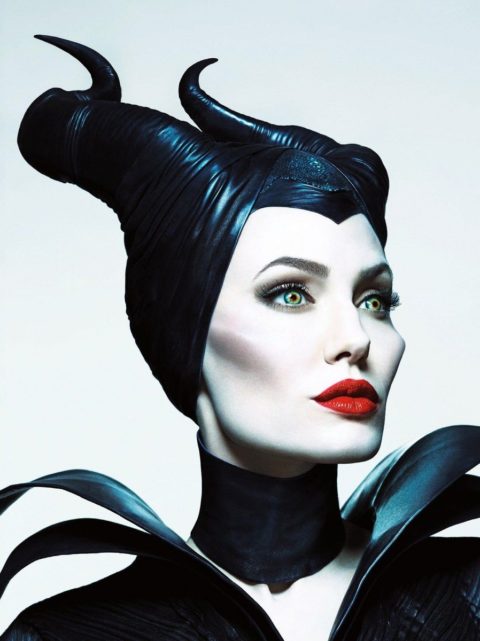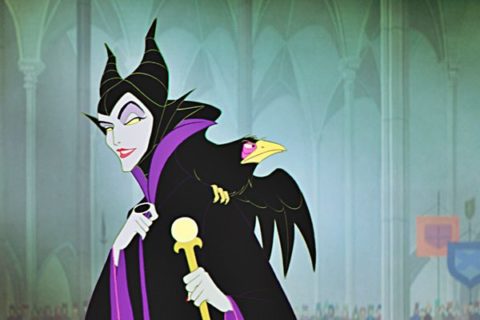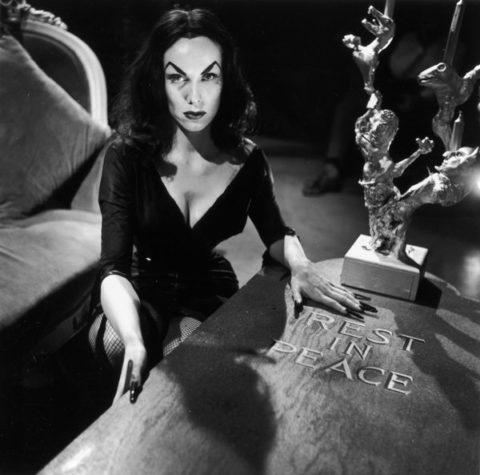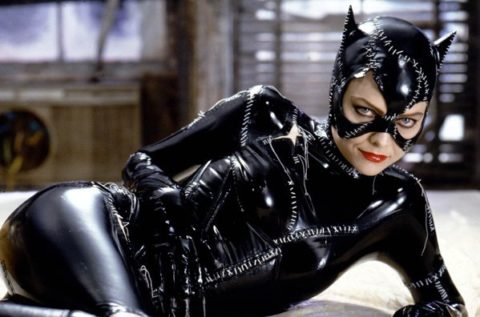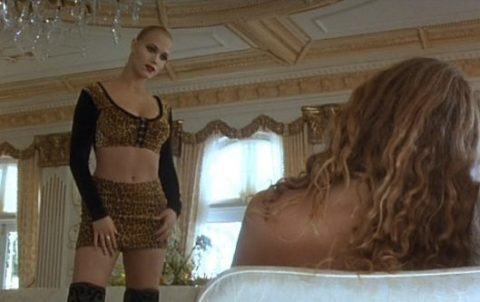FASHION Magazine
-
Why Wednesday Addams is a Subversive Style Icon
Is there anything scarier than being a teenage girl? Amidst intimidating cliques and awkward growing pains, sometimes high school can feel like a horror film. But to Wednesday Addams, that’s a good thing. The eldest daughter of the infamous Addams family loves to flip the script on young adolescence by embracing her outsider persona. In […]
The post Why Wednesday Addams is a Subversive Style Icon appeared first on FASHION Magazine.
-
Pretty hurts: How Hollywood shaped the way we see evil beauty today

Evil beauty from the beginning »
Beauty, at Walt Disney Studios, is in the eye of the animator. Disney films have always conflated natural beauty with inherent goodness, unnatural beauty as inherent wickedness, giving their princesses and heroines the eyes, hair, lips, and skins female villains would kill for.
Sleeping Beauty, Disney’s 1959 masterpiece, is the best example of this dynamic: born with all the markers of ‘natural’ beauty, Aurora is both a good person and good to look at. She’s blonde, thin, graceful and beloved by animals, fairies and humans. She’s also almost entirely silent—in Ariane Lange’s piece on the history of pre-Disney Sleeping Beauty incarnations, she counts only 263 words spoken by our titular beauty, not counting lyrics she sings or the noises she makes in response to other characters. The action starts for Aurora when a single drop of blood appears on her sixteenth birthday, rendering her unconscious until a man comes to legitimize her existence with his mouth.
Our villain, Maleficent, is Disney’s greatest hot bitch in charge. In sharp contrast to Aurora, Maleficent is funny, a woman who speaks often and with great force, so bad and so beautiful all at once.
